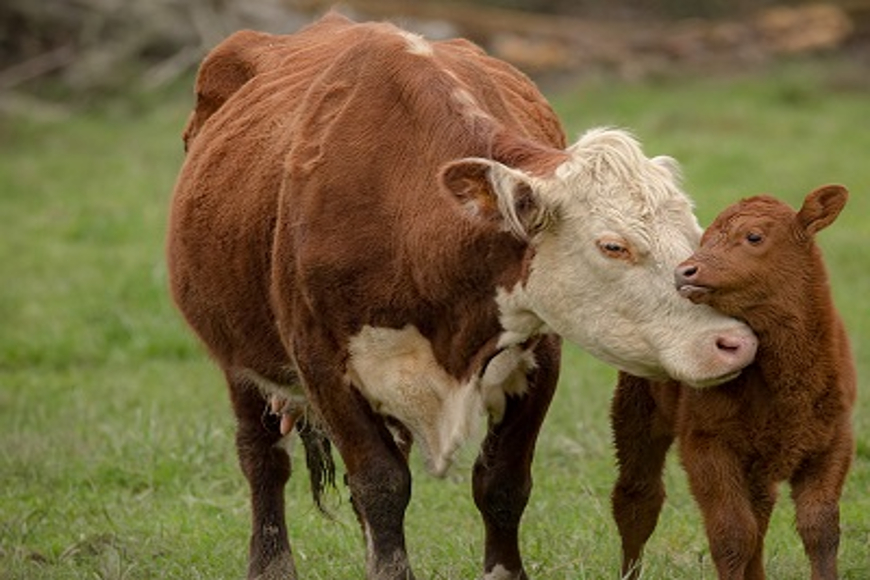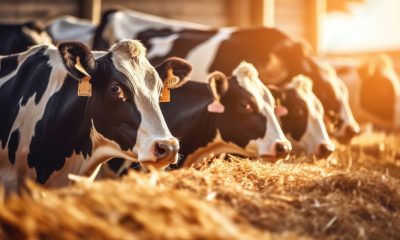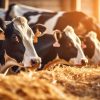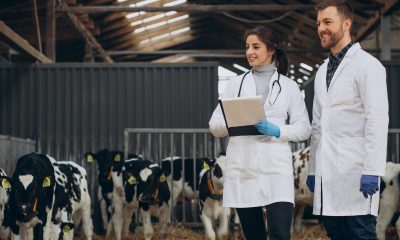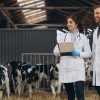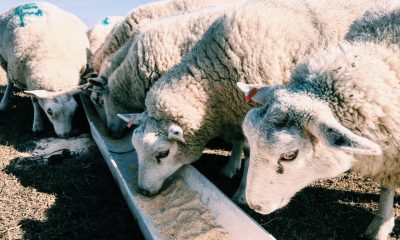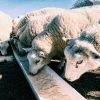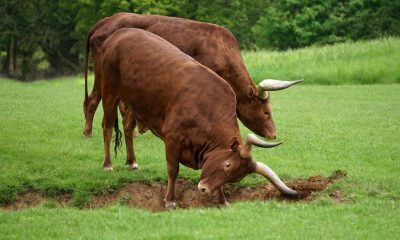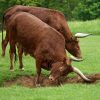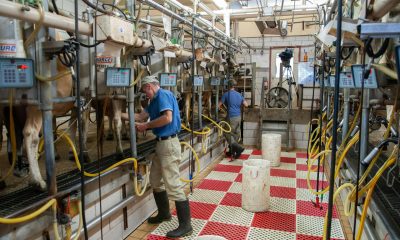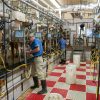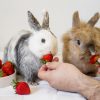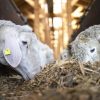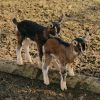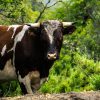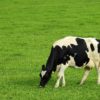Artificial Insemination Vs Natural Breeding in cattle
Breeding is one of the challenging tasks in dairy farms. The choice between artificial insemination (AI) and natural breeding is still a question of debate due to both methods’ varying highs and lows. Even though artificial insemination seems to be more modern and efficient, certain factors make the producers prefer natural breeding in some instances.
Efficiency
Artificial insemination has the upper hand when it comes to efficiency. During natural breeding, a sire can produce semen that is theoretically a lot more than what is needed for that single female. Thus there is a potential wastage of semen in natural breeding. Artificial insemination helps us use the minimum required semen to fertilize the egg. In this way, a single ejaculate can be diluted and extended to create many doses. Artificial insemination also helps us carry out multiple inseminations of females in different geographical locations simultaneously. But it is to be noted that artificial insemination generally takes more time than natural breeding.
Selectivity
Artificial insemination can create a highly selective gene pool and control the effects of inbreeding. Since a single male can produce many offsprings, one can select a few males with required genetic traits for insemination. This helps increase the selection intensity. Selectivity can also become a total disaster in artificial insemination if the male is not carefully chosen with the required qualities. Poor selection of male sires often decreases genetic variability in the whole population. Natural breeding has low selectivity but lowers the risk of producing an entire population with low variability. However natural ways have a low fertility rate as compared to artificial inseminations. This means that the males per female
the ratio is high while considering natural ways.
Flexibility
Natural breeding is a highly physical task for heavy and old sires. Natural breeding with heavy males has a risk of injury to the females. Artificial insemination can collect semen from such heavy sires that might be a risk to the females and safely inseminate. Semen from old sires can also be used to create offspring using AI. Another important advantage of artificial insemination is that if we store the semen of a particular quality sire, the semen can be used to fertilize females even after death or the end of their natural reproductive life. This also results in a considerable reduction in the market for bulls and increases the need for superior germplasm.
Cost-effectiveness
Natural breeding adds the additional cost of feeding and maintaining the male sires. The males should be fed all year round and they often grow bigger than the females and demand more supplements. They are generally more aggressive and take up additional space and equipment. Also while selecting a male sire, one should carefully check their disease history and mating records. On the other hand, artificial insemination is more cost-effective even in less than ideal conditions. But compromising on the quality of skill and equipment used in artificial insemination might be a costly risk.
Risk factors
Artificial insemination requires a skilled technician who has excellent knowledge and expertise on the procedure. The equipment used for the process can also be a risk factor since unsanitary handling can result in contamination and might cause potential infections in the reproductive tract. AI methods are also more labour intensive and take more time than natural methods. Artificial insemination requires perfect timing and planning to carry out different processes. Also, since a single male is used to produce many offsprings, the males should be carefully selected for the process. Thus errors in artificial insemination can be costly.
These risk factors make some producers opt for natural breeding as it is less labour intensive and has a low-risk factor when the disease status of the male is known.
Conclusion
Even though artificial insemination seems more effective in many aspects, considering the risk factors and level of skill required, one should weigh both options carefully before selecting. The choice should be based on different factors such as the level of management one can offer, amount of money one can invest, fertility of the current herd, availability of labour and machinery and level of risk willing to take.
